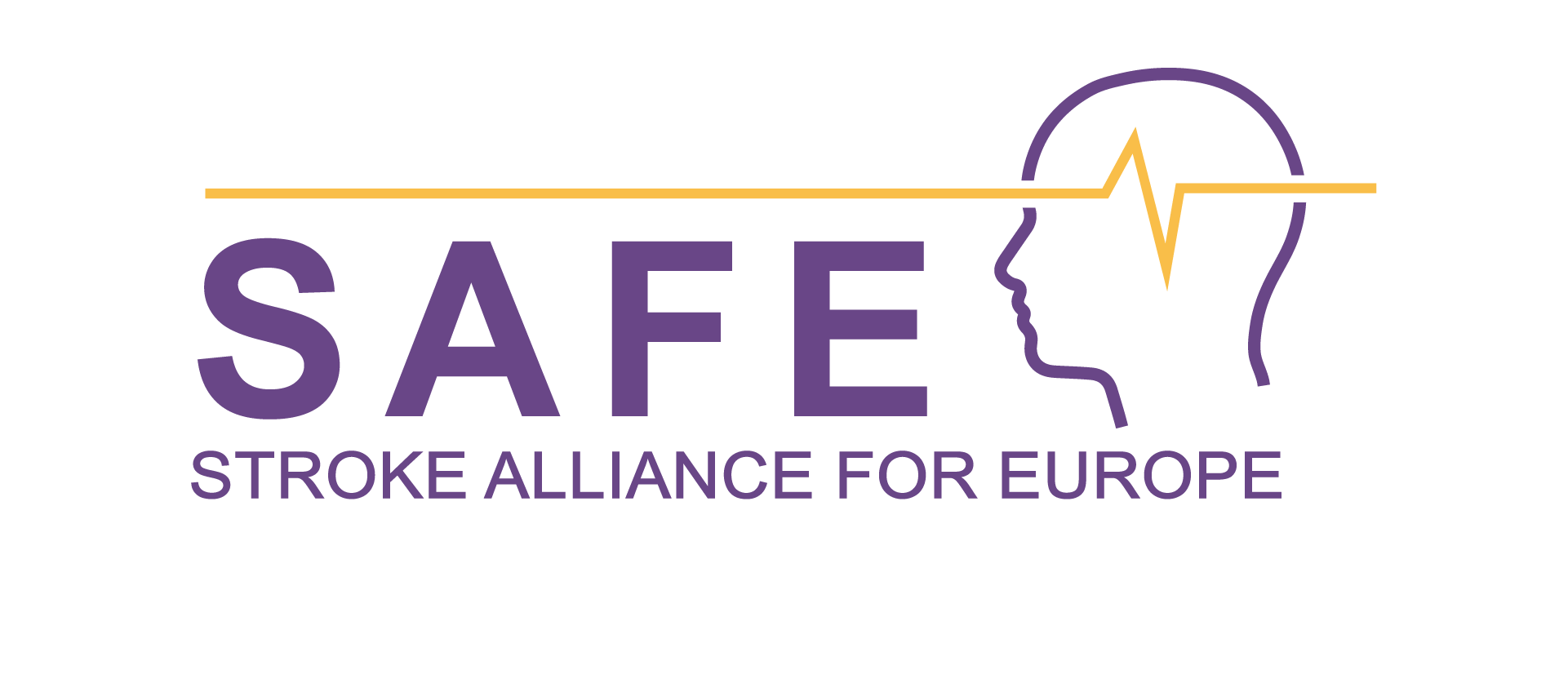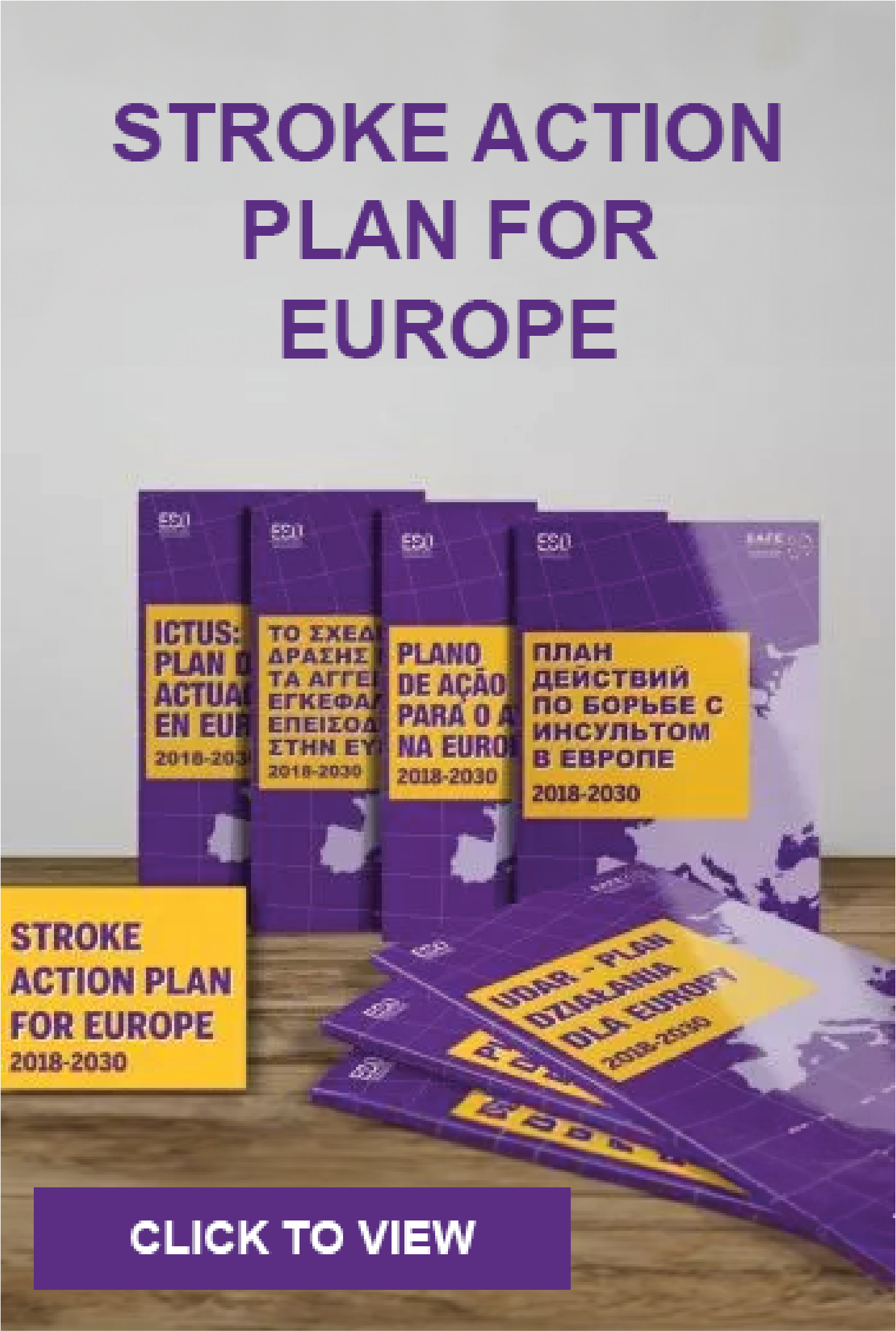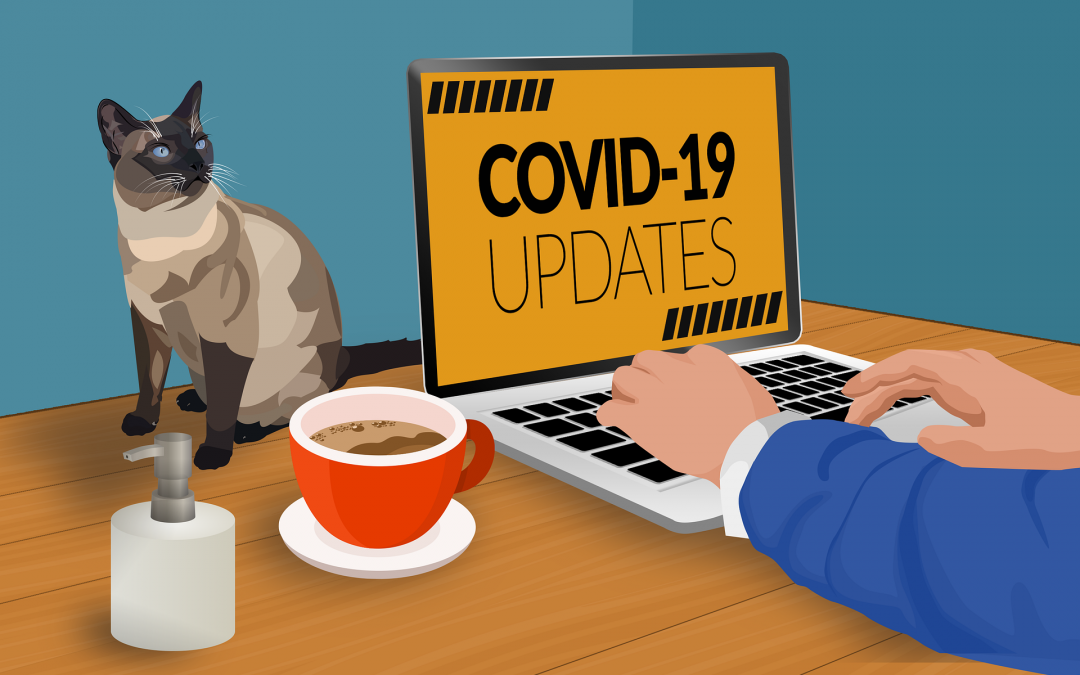
Feb 5, 2021
COVID-19 is associated with neurological manifestations, including stroke. In many cases, these have been reported even without respiratory symptoms. COVID-19 has been associated with acute cerebrovascular disease (including ischaemic and haemorrhagic stroke).
Patients presenting with rapidly developing neurological symptoms suggestive of stroke should be evaluated as soon as possible and standard stroke protocols should be followed including systemic thrombolysis and/or intra-arterial thrombectomy, if indicated.
Standard IPC measures must be followed during the clinical evaluation, neuroimaging or procedures for patients with stroke. The guidance also remarks that strokes can be missed in severely sick or unresponsive ICU patients and a low threshold for further evaluation (including neuroimaging) is recommended for acute neurological worsening. Read the full guidance here COVID-19 Clinical management: living guidance (who.int)
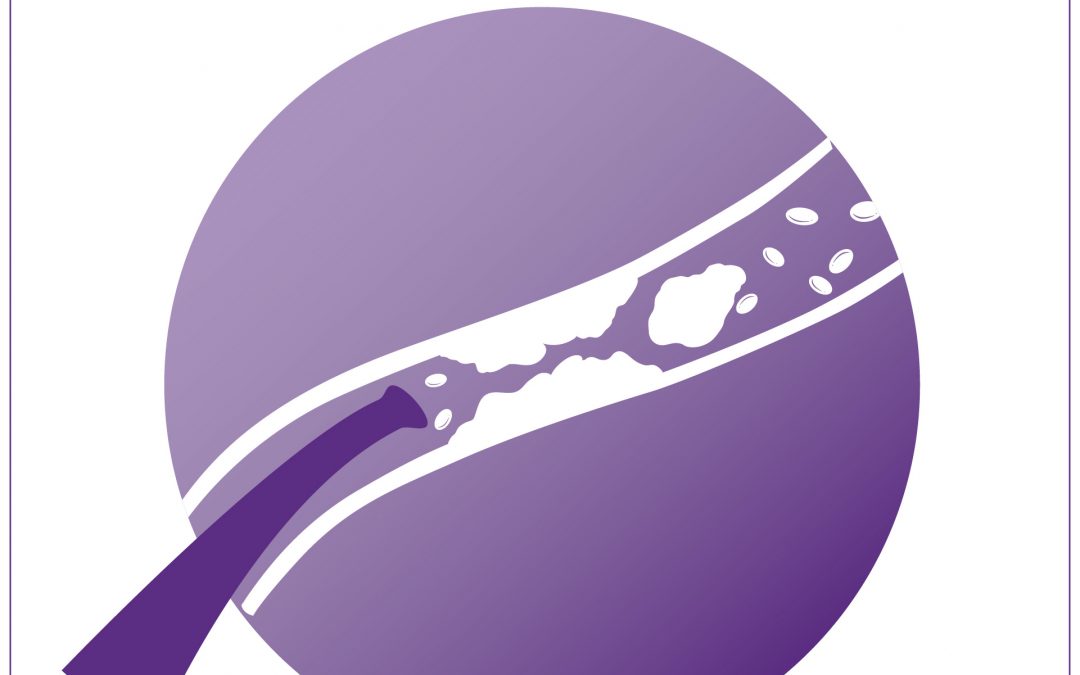
Jan 19, 2021
A paper published this month in Stroke Journal shows that treating all eligible patients with mechanical thrombectomy generated health and social care costs of €11 billion compared with €12 billion for current practice. Ramon Luengo-Fernandez and his team at the Health Economics Research Centre, University of Oxford, undertook the research for SAFE and was originally published, in At What Cost, the Economic Impact of Stroke in Europe. Find out more safestroke.eu/economic-impact-of-stroke
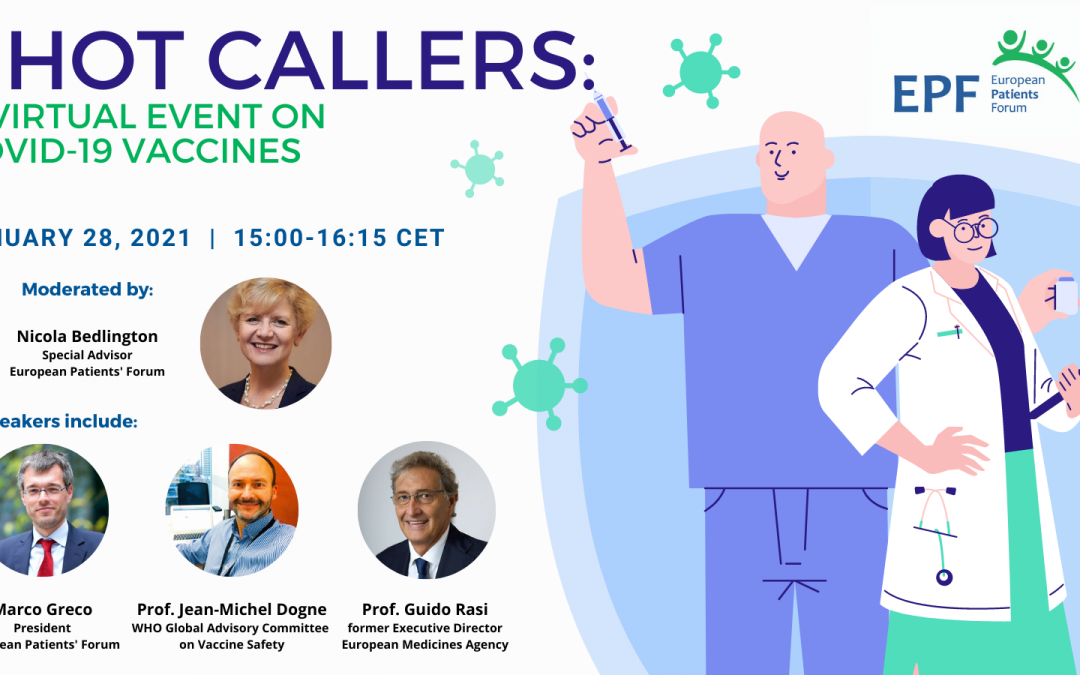
Jan 19, 2021
The European Patient Forum are hosting a event on all things related to the COVID-19 vaccines on Thursday, 28 January 2021 – 15:00-16:15 CET.
The COVID-19 pandemic has led to the development and approval of new vaccines in a much shorter time-frame than usual. As a result, there are still several questions that patients and civil society need to be answered.
Join them for a virtual event on 28 January 2021 between 15:00-16:15 CET with credible experts in the field of therapeutics and vaccines to shed light on all things related to the COVID-19 vaccines.
EPF Special Advisor Nicola Bedlington will moderate a lively and informative discussion with:
- Prof. Jean-Michel Dogne, Member of WHO Global Advisory Committee on Vaccine Safety,
- Prof. Guido Rasi, former Executive Director of European Medicines Agency (EMA) and;
- Marco Greco, President of European Patients’ Forum.
A Q&A session will follow the live discussion.
Register: https://register.gotowebinar.com/register/1295587948611270156
Event Agenda
Participation is free so please share amongst your colleagues and networks.
We hope this event will bring greater knowledge and awareness and instil greater European confidence in vaccination

Dec 21, 2020
We wish to extend out thanks for your continued support during a challenging year for us all. The pandemic has stretched healthcare systems to breaking point across Europe, touching everyone, including those affected by stroke.
We now know much more about the link between COVID-19 and stroke.
We know that if you have pre-existing risk factors for stroke or if you have suffered from a stroke, the risk of a severe COVID-19 infection is high. In addition, stroke is one of the complications of a COVID-19 infection even in people who had not previously been thought of as at risk of stroke.
We hope you are keeping safe and well and that you are looking forward to a festive break hopefully with your loved ones. And we look forward to working with you in 2021 with renewed vigour, working together to raise awareness of stroke and reduce the number of strokes in Europe by advocating for better prevention, access to adequate treatment, post stroke care and rehabilitation.
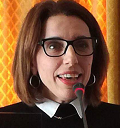
Dec 18, 2020
At the SAFE General Assembly last month (November 2020), SAFE members appointed Hariklia Proios as the new President.
Hariklia is has been on the SAFE board for three years and is the Vice President of the Hellenic Action for Stroke in Greece.
We asked Hariklia about her new role and what her ambitions for SAFE are.
Watch the video
Why did you want to be SAFE’s next President?
I truly believe in SAFE’s mission and goals and I am proud to be involved in such an important organisation operating at a global, European level. Having a background in organising Stroke Support Organisations for more than 20 years and having worked on stroke-related rehab both in terms of academic research and also in clinical setups, in the United States, Switzerland and now Greece, I believe I have the professional expertise and personal experience to help lead our joint efforts.
Why do you feel that SAFE’s role is important?
SAFE has been involved in educating, campaigning and encouraging research and support organisations but always from the stroke survivors’ perspective, always engaging all stakeholders, including healthcare professionals and guiding policy- making not only at a European but also at a global level. SAFE helps stroke survivors engage their human stories, lives are disclosed to us and this is one of the privileges of being involved in SAFE. I believe that if we pay attention to each story detail, we learn something in the process about how life exists “before and after stroke” and is full of adaptation and change. Stroke is a life-altering experience and so therefore SAFE’s role of improving care for stroke is of utmost importance. I would like to continue to advocate on behalf of SAFE and behalf of stroke survivors as I strongly believe stroke survivors should have a voice throughout the healthcare pathway.
Do you see SAFE changing direction in the coming years?
SAFE members have different entry points, and this organisation is here to share information on policy work, lobbying and maintaining a patient voice through case study examples which are also included, for example, in the SSOFT online faculty tool. It is clear the future will involve increasingly more virtual meetings even though these meetings were guided by the erratic vicissitudes of today’s pandemic. So, communication modes have changed but SAFE has always continued and will continue its mission and goals. In the future, even when we will return to face-to-face General Assembly meetings, Working Conferences and Country Cluster meetings in member countries, providing information about the expectations of support organisations, best practice and care, we will most likely maintain a significant virtual element of support, thus reaching out to stroke survivors and other stakeholders who cannot physically attend.
What will be your top priority as SAFE’s President?
SAFE has initiated and is leading a number of important projects, the continuation and successful completion of which will be of top priority in the next couple of years. These projects include the Stroke Action Plan (2018-2030), which influences national care in all member countries, iwill guide policy-making at a global level and the Life After Stroke forum (taking place in March 2021) which is capitalising on the knowledge of all engaged stakeholders, healthcare professionals, stroke support organisations, research/academic experts, and energised leaders. These projects are just a few among others which will be a key ingredient for SAFE’s success. SAFE will continue to encourage member countries to promote the Economic Burden of Stroke and will in the future deal methodically with complex stroke issues including regional inequalities (eg. gender and environmental), diversity and gaps, converging in parallel with a clear-cut setting of goal priorities.
What excites you most about your new role as President?
Understanding and supporting each member organisation, empathetically and always with positive regard and through dialogue, will help us find common solutions and get all those affected by stroke the access to the help and support they need. Teamwork transforms visions to sustainable solutions. My dedication is and will remain to strategically develop a sustainable SAFE as well as continue to honour its cultural legacy for wanting to make a difference in people’s lives.
What is your ambition for SAFE?
We realise that we have a big role in instituting knowledge and education by raising expectations of what quality of stroke care should be like, by strengthening stroke survivor organisations. Stroke prevention is feasible, acceptable, and cost effective: monitoring an irregular heartbeat (AF) or early treatments such as getting to the emergency room in due time. We must stay mindful of best practices and making a difference for those lives who cannot help themselves. My ambition is to look for and try to embrace all our members’ interests and together we will continue to increase public awareness about stroke as a strategic priority.
Watch the video
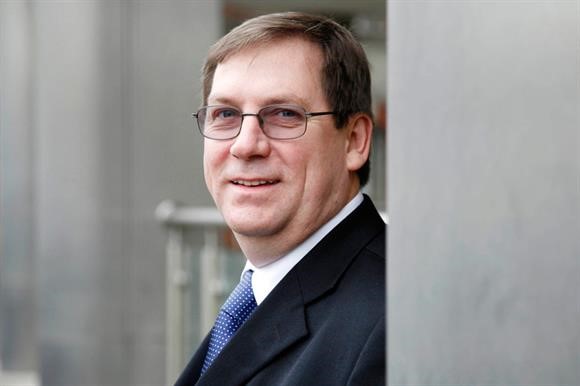
Dec 18, 2020
Last month (November 2020), after six years on the board, Jon Barrick stepped down as SAFE’s President and retired from the board.
Jon dedicated many years to being a champion of improving the live of people affected by stroke and we warmly thanked him for this at our recent General Assembly.
Before he left, we asked him about his time with SAFE, and any advice he’d give to the new President, Harriet Proios.
What have you found most rewarding about being President of SAFE?
I’ve done two roles in the SAFE Board, six years as the Secretary and six years as the President. I’ve always been hopeful that I could make a difference to the quality of life of stroke survivors, and to improving the possibilities of surviving a stroke.
Being a part of SAFE was very rewarding because both my parents were stroke victims and SAFE has given me the opportunity to make that difference. More than that I found myself in an organisation that had other people who also wanted to make a difference, and so I felt I was not alone and I had the basis on which progress could be made. I’ve met some truly inspirational people through and in SAFE, many of whom I now count as lifetime friends.
I’ve always been an internationalist and it’s been so rewarding to work in SAFE to help the growth of Stroke Support Organisations throughout Europe. I have enjoyed trying to understand the systems and cultures of different countries, but mainly meeting so many different people has been great. I’ve also found it rewarding to find that people in positions of power in the EU and commercial organisations have been so supportive towards SAFE and its goals, justifying the hope that change for the better can be achieved.
Working for SAFE has also been rewarding because we have had to learn and grow and overcome challenges all the time, it has been hard work at times but with good people working together I’ve learnt that a way to succeed can usually be found. It’s rewarding to see people grow and develop, and to see obstacles overcome. Collective success is more rewarding to me than individual success.
Watch the video
Jon, what was your proudest moment during your time as President?
So many proud moments, but being around people who are building stroke support organisations in their countries always makes me feel humble and proud of their courage and determination. Achieving funding every year makes me proud because it means SAFE survives for another year and can pay its way, for both staff and the projects.
And what great projects we have done, pivotally important projects, such as:
- SSOFT, enabling people to understand about Stroke support Organisations and be able to campaign,
- the Burden of Stroke in Europe the first comprehensive look at stroke numbers now and in the future and make commentary on what needs to change,
- the Economic Impact of Stroke in Europe, again the first study in this area and the platform for showing stroke is an investible proposition
- the campaigning meetings held inside the European Parliament raising the profile with the EU Health commission and MEP’s
- our engagement with Stroke researchers and encouragement at EU level for more research funding
- the development of the Stroke Action Plan for Europe, and patient literature to be available in stroke units, the list goes on….
But probably I’m proudest of the growth of SAFE and its number of members, and the growth in competence of SAFE over this time which means it is set up well for the future.
Watch the video
Jon, what advice would you give to the new President?
Harriet the new President is an excellent colleague, who I’m sure will do a good job. Everyone has to approach the Presidents role to reflect the way they are as a person, and so enthusiasm, good interpersonal skills, and knowledge of stroke will all be a natural part of the new Presidents make-up. My advice would be to remember that enabling stroke support organisations in their countries is the key component of SAFE’s work, from that comes the survivability of SAFE as well as strength at country level across Europe.
I think two streams of work will have to dominate the next 10 years, firstly the development and successful running of the European Life after Stroke Forum, which should aim to be the largest gathering of its sort in the world, and can be that if it’s driven forward with passion. SAFE can secure both its financial stability, but also drive forward quality of life through this initiative. Secondly the pursuit of the Stroke Action Plan for Europe, which will have benefits for all campaigners in the field of stroke, at EU and national level, is very central and something to which other projects can feed into.
Finally enjoy it, enjoy being with the Board and the team, keep everyone informed and involved, to be President of SAFE is a privilege given to few.
Watch the video

